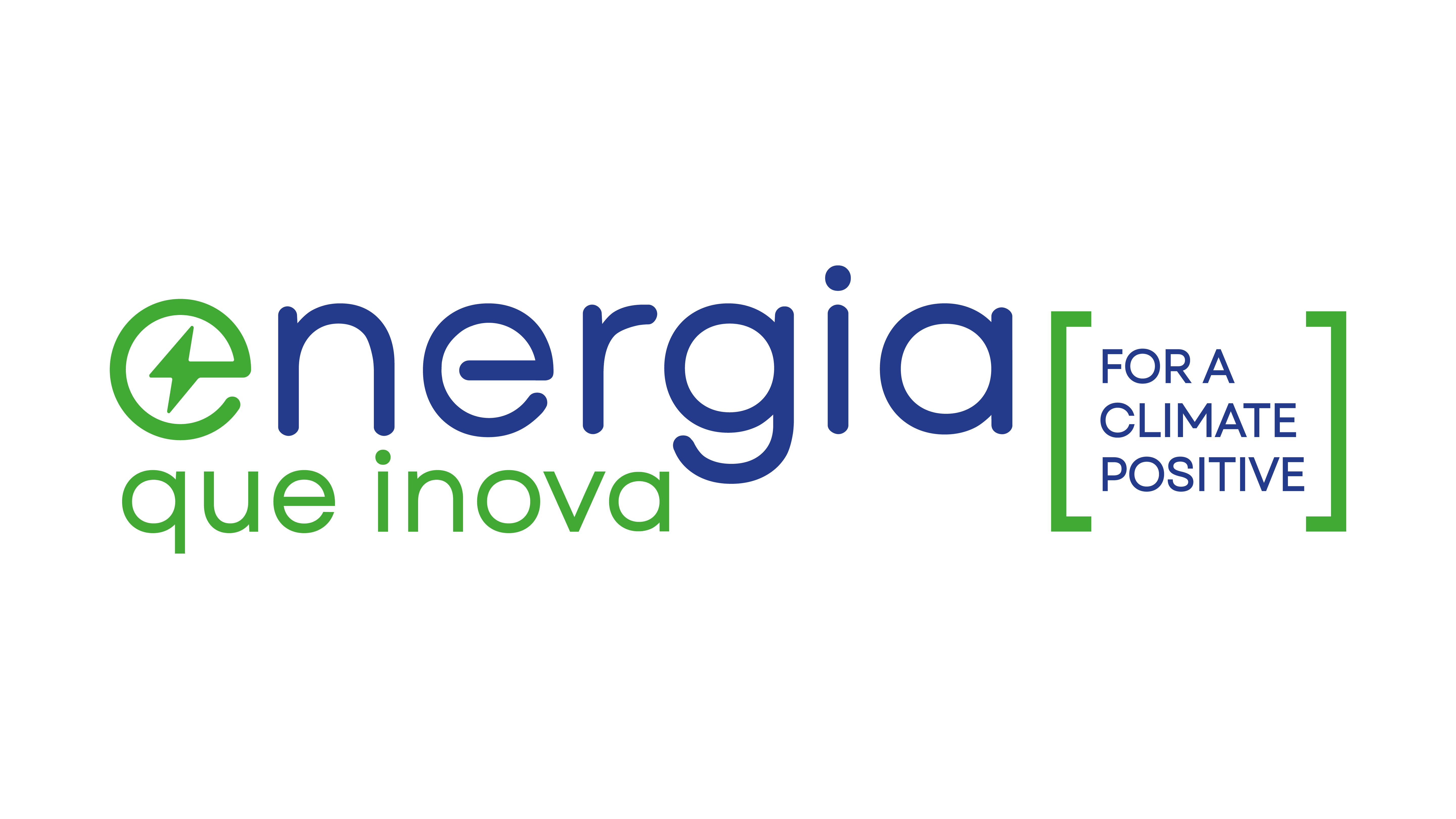The date of May 29 was defined as World Energy Day in Portugal and has been celebrated since 1981, with the aim of raising awareness of the importance of saving energy and encouraging the use of renewable energies.
The history of electricity goes back to the end of the 18th century, when the Italian scientist Alessandro Volta invented the electric pile (called a voltaic battery) in 1800, the year it was formulated. This historic milestone paved the way for experiments and research that led to the discovery of various electromagnetic phenomena, driven by notable scientists such as Michael Faraday.
Electricity gradually replaced old technologies, including lighting. Candles and gas lamps were replaced by the incandescent lamp, Thomas Edison's extraordinary invention in 1879, revolutionizing the way people lit their homes and workplaces.
The electrification of cities and the expansion of electrical infrastructure were crucial in boosting industrial and economic development. From the end of the 19th century and the beginning of the 20th century, there was an accelerated growth in the construction of hydroelectric and thermoelectric plants, which provided electricity for industries, homes and public services. This allowed the use of electricity on a large scale, supplying a wide range of applications, from the manufacturing sector to transport and telecommunications.
Let there be light...
The advent of electrification had a significant impact on society, making it an indispensable component for the functioning of practically all economic sectors. From the early stages of its application, electric power has powered industries, sustained critical infrastructure, driven technological innovation and facilitated global commerce. This resulted in the emergence of a new way of life and production, characterized by increased comfort, quality of life, practicality and scientific advancement.
As electrification progressed, the need arose to transmit electrical power efficiently and safely over long distances. This challenge was met by engineer and inventor Nikola Tesla, who developed the alternating current (AC) system for the large-scale transmission of electrical energy. Alternating current has been shown to be more suitable for transmission over long distances than direct current (DC) due to its ability to be easily transformed into different voltage levels, reducing energy losses.
Tesla's alternating current system enabled the establishment of interconnected electrical grids, allowing the efficient transmission of electrical energy over long distances. This achievement revolutionized the electrical industry and had a profound impact on society. Electrical energy could be transmitted from generating plants to distant cities and communities, enabling the supply of electricity on an unprecedented scale.
In addition to power transmission, the alternating current system also provided greater flexibility in the use of electricity. The ability to transform the voltage of alternating current allowed its use in different types of devices and equipment, meeting the demands of different sectors, from industry to residential services. This has promoted the development of a wide range of electrical applications and spurred innovation in many areas.
Nikola Tesla's legacy in the field of electrification is undeniable. His alternating current system laid the groundwork for the efficient distribution of electrical energy on a large scale, facilitating industrial and technological progress. Today, alternating current is widely used around the world as the standard for the transmission and distribution of electricity, and the impact of its contributions is still felt in modern society.
Electricity in the Modern Era
Over the years, electricity has taken on an even more preponderant and indispensable role. In line with the frantic pace of technological advancement, electricity emerges as the driving force of the digital revolution, powering electronic devices, communication infrastructures and data processing centers.
In the digital age, where the flow of information and connectivity are crucial, electricity plays a vital role in supporting communication networks, enabling instant data transmission and access to information in real time. Fiber optic cables, for example, function as conductors carrying pulses of light, allowing fast and reliable transmission of data, while orbital satellites ensure global connectivity.
In addition, data processing centers, also known as data centers, are true technological fortresses powered by an intricate electrical system. In them, servers and other equipment operate at high performance, demanding a robust and resilient energy infrastructure, capable of meeting consumption requirements and maintaining the integrity of systems in full operation.
Electricity, therefore, is the connection that integrates the pillars of modern society. Its application extends beyond digital environments, covering strategic sectors such as electric transport, medicine, industry and scientific research. With advances in areas such as nanotechnology and power electronics, new possibilities are presented, providing substantial improvements in energy efficiency, energy storage and the development of increasingly advanced and sustainable devices.
The High Cost of Modernity for the Planet
Electricity is essential for the operation of a wide range of technologies and multifaceted systems. The principle that governs this process is the conversion of energy, where primary sources such as hydroelectric, thermoelectric, wind, solar, nuclear, among others, are converted into electrical energy through sophisticated mechanisms and devices.
However, as society advances, the excessive dependence on fossil energy sources becomes increasing, causing serious damage to the planet and future generations. The extraction and burning of fossil fuels such as coal, oil and natural gas has a significant and inconvenient impact on the environment and contributes to harmful climate change on the planet.
The main problem associated with fossil energy sources is the emission of greenhouse gases, especially carbon dioxide (CO2). These gases are released into the atmosphere during the burning of fossil fuels, forming a layer that retains the sun's heat, causing an increase in the Earth's average temperature, known as global warming. This phenomenon has devastating consequences, such as melting polar ice caps, rising sea levels, extreme weather events and changes in precipitation patterns, directly affecting biodiversity, agriculture, water resources and the balance of ecosystems.
The exploration and extraction of fossil fuels can also cause overwhelming environmental damage. Oil spills in seas and rivers, for example, have devastating impacts on marine life and coastal communities, leaving a sad legacy of pollution and destruction. Coal mining also causes irreparable damage to landscapes, contaminates soil and water resources, and generates toxic waste.
Another worrying aspect is the finitude of fossil resources. The unbridled consumption of these non-renewable energy sources leads to the exhaustion of existing deposits, which implies an increasingly intense search for new reserves, often located in remote and ecologically sensitive regions. These factors contribute to volatility in oil and natural gas prices, causing economic and political instabilities around the world.
Electricity, in all its complexity and scope, is the common thread that guides us towards a more connected, efficient and conscious society. Now, it is up to humanity to evolve and modify a mental model shaped by society over time and nourished by unbridled consumerism after the industrial revolution. Deep-rooted and unsustainable habits for the planet and, consequently, for humanity.
Transition to Renewable Energy: Benefits and Sustainable Innovations
Growing concern about environmental impacts and the need to reduce dependence on fossil energy sources have driven the emergence and development of renewable energy sources, such as solar, wind and biomass. These sources represent optimized solutions to mitigate the negative effects of the use of fossil fuels, as they have practically inexhaustible potential, do not emit greenhouse gases during their operation and contribute to the diversification of the energy matrix.
The transition to an economy based on clean and sustainable energy has far-reaching and significant benefits. First, it results in lower electricity bill costs, as renewable sources tend to be more affordable and cost-competitive. In addition, it promotes greater energy efficiency, as renewable systems generally have advanced technologies that reduce losses during generation, transmission and energy consumption.
A shift to renewable energy sources also stimulates the economy by creating green jobs. The renewable energy sector demands skilled labor in areas such as engineering, installation and maintenance, generating job opportunities and driving economic growth. This transition also contributes to the reduction of greenhouse gas emissions, helping to mitigate climate change and preserve the environment.
In addition to the economic and environmental benefits, the transition to renewable energy sources is also essential to preserve natural resources. Renewable sources depend on resources such as sunlight, wind and biomass, which are naturally available and volatile resources. By using these sources, we reduce the exploitation and depletion of non-renewable resources such as oil and coal, ensuring the preservation of these resources for future generations.
In this context, electricity plays a key role as a source of innovation. Continuous technological advances and the need to find increasingly efficient and sustainable solutions require continuous investments in research and development. One example is the development of Green Hydrogen, a promising alternative that uses renewable electricity to produce clean hydrogen with low environmental impact. These technological advances ensure a viable and prosperous future, driving the transition to an economy based on clean and sustainable energy, which benefits not only today's society, but also future generations.
The Future of Electric Energy
The growing awareness of the negative impacts of traditional sources, especially fossil fuels, drives a paradigmatic transition towards an energy model based on sustainability and environmental preservation.
With that, electricity begins a new era, illuminating the horizon of society concerned with the planet, envisioning a promising future permeated by sustainable sources of electricity. Scenario where renewable sources emerge as fundamental pillars for mitigating the challenges posed by global warming.
Solar energy, converted through photovoltaic technologies, demonstrates a remarkable potential to meet energy demands, efficiently and cleanly taking advantage of the abundant solar radiation on our planet. The integration of storage systems, such as advanced batteries, promotes the flexibility and availability of this energy, mitigating inherent fluctuations in resource availability.
Wind energy, obtained from the wind, plays a leading role in this vision of the future. The evolution of wind turbines, combined with a better understanding of climate conditions and the analysis of precise data, allows the optimized use of this source, enabling the generation of electricity in a continuous and reliable way. Strategically located wind farms, both onshore how much offshore, can feed extensive power grids, minimizing greenhouse gas emissions and significantly contributing to the decarbonization of the energy sector.
Electrical energy has a rich and impactful history, from its discovery to its current importance. From electric lighting to the electrification of cities and the development of cleaner technologies, electricity has been a key driver of progress and innovation around the world. The continuous search for renewable energy sources and energy efficiency are key factors to ensure a sustainable and promising future for humanity.













